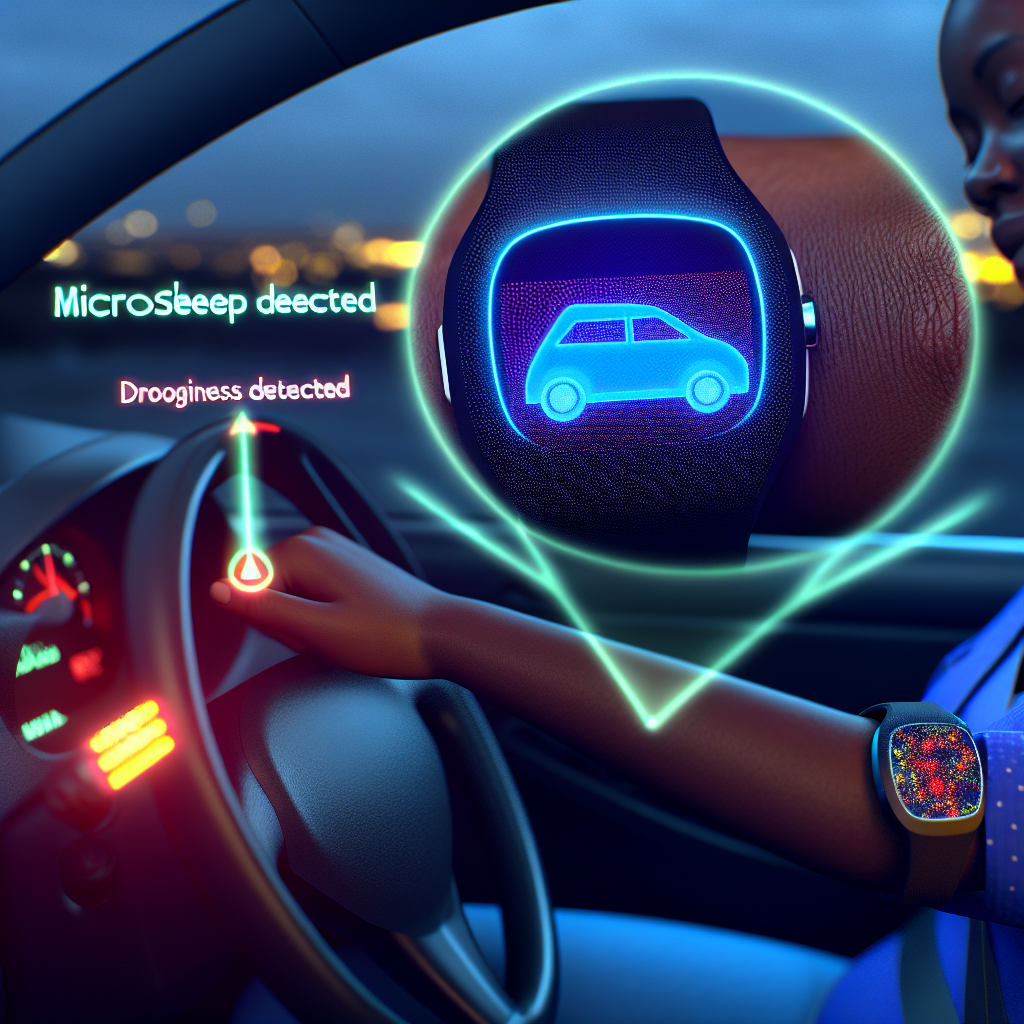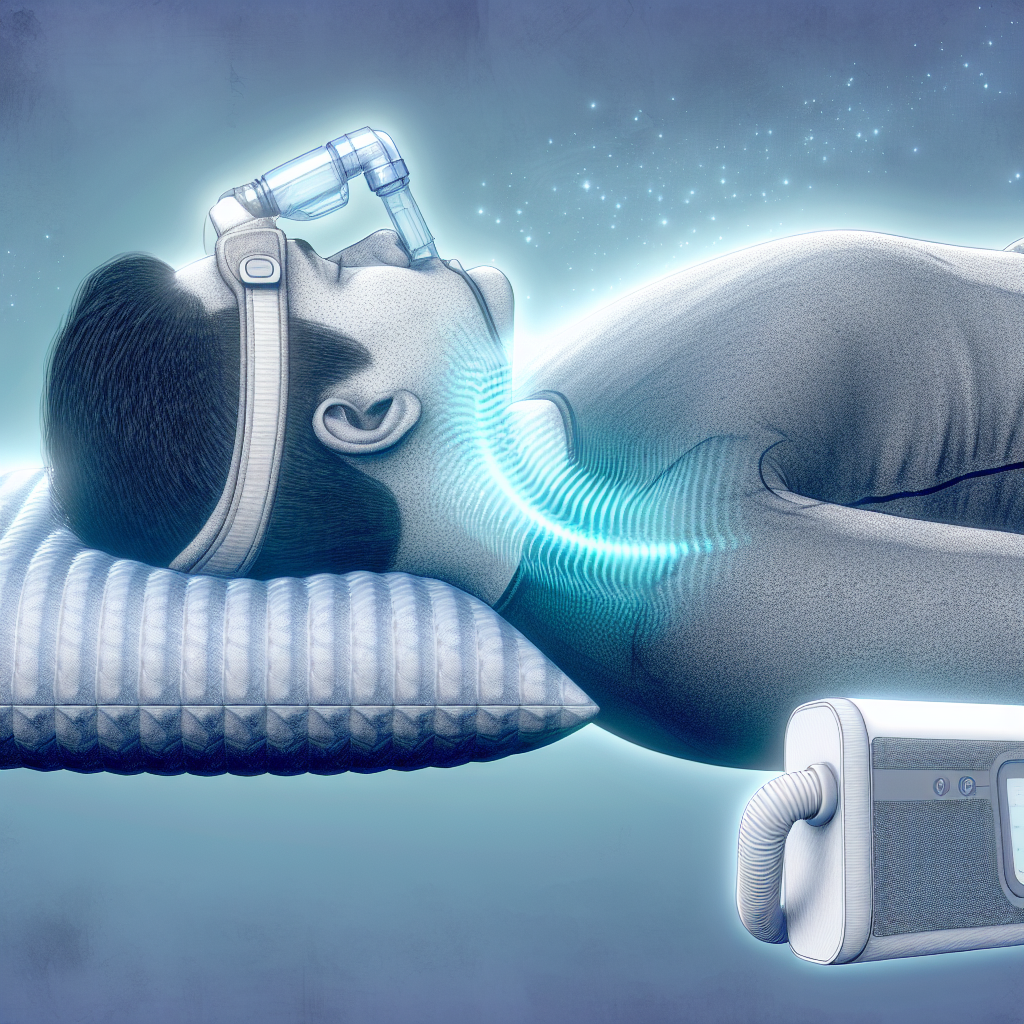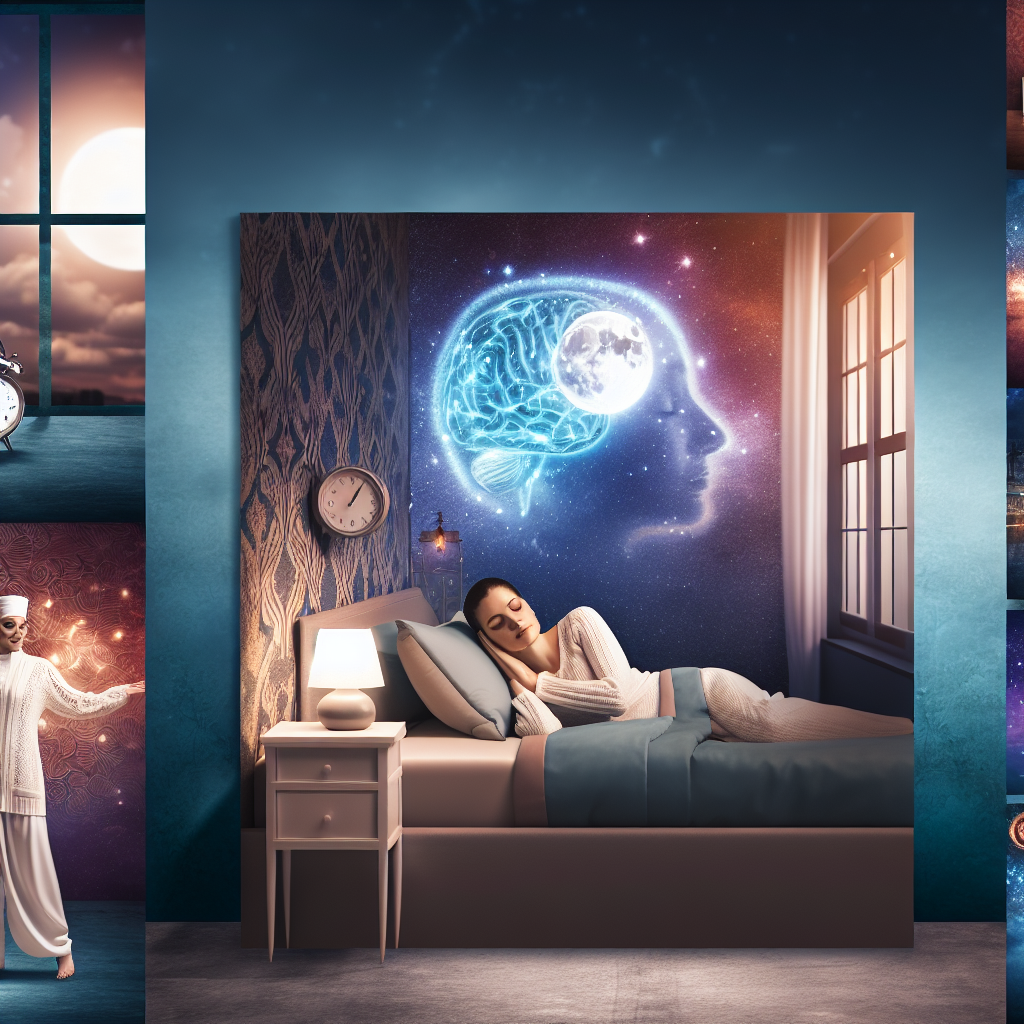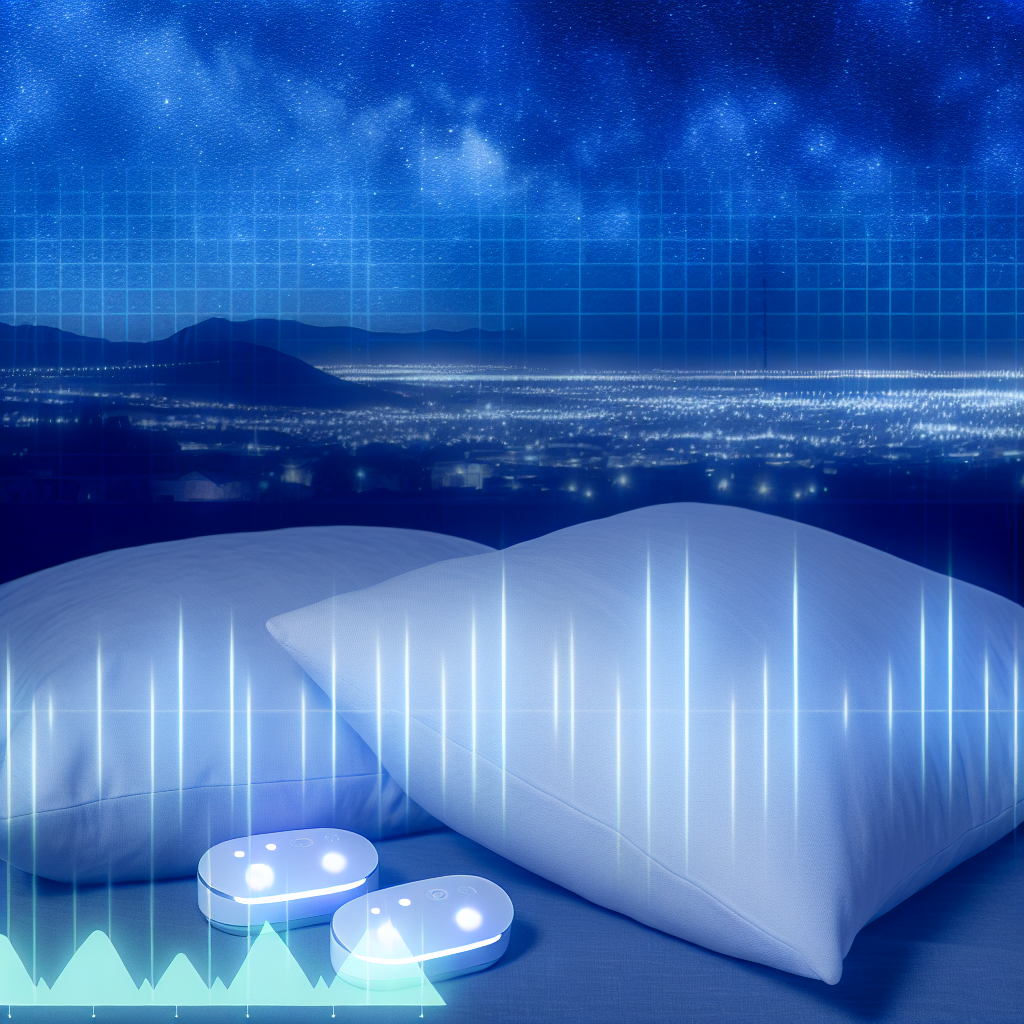Microsleep Detection: How Wearable Emergency Alert Systems Are Saving Lives on the Road
Microsleep — those fleeting seconds of unconsciousness — may be short, but their impact on driving safety is monumental. Just a few seconds of inattentiveness can cause catastrophic accidents, resulting in injuries, fatalities, and irreversible damage. As fatigue becomes an increasingly prevalent factor in road crashes, wearable emergency alert systems are poised to become the next frontier in preventative road safety technology.
The Silent Danger: What Is Microsleep and Why It Matters
Microsleep is a brief, involuntary episode of sleep that typically lasts just a few seconds. It usually occurs when an individual is extremely tired, especially during monotonous activities such as highway driving. During this momentary “shutdown,” brain activity slows and responsiveness plummets, putting drivers at extreme risk — often without them even realizing it.
According to the Centers for Disease Control and Prevention (CDC), one in 25 adult drivers has fallen asleep at the wheel in just the past 30 days. This troubling trend is not limited to long-distance truckers; everyone from overworked students to exhausted parents is at risk. As our modern lives demand more and quality sleep becomes elusive, the threat posed by microsleep becomes not just likely — but inevitable.
The Science Behind Wearable Emergency Alert Systems
The good news? Advances in wearable technology are creating smart, real-time defenses against this deadly phenomenon. New devices are designed to detect signs of microsleep before they become fatal and alert the driver immediately.
Wearable emergency systems equipped with biosensors are engineered with cutting-edge innovations like:
– Electroencephalogram (EEG) sensors: These detect shifts in brain wave activity, especially an increase in theta waves linked to drowsiness. A 2019 study in *IEEE Transactions on Biomedical Engineering* showed an 87% success rate in detecting microsleep episodes using wearable EEG tech.
– Photoplethysmography (PPG): These sensors monitor cardiovascular signals, offering insights into fatigue indicators such as heart rate variability.
– Electrooculography (EOG): EOG tracks eye movements, such as slow blinking or prolonged eye closure — common precursors to microsleep.
– Machine Learning Algorithms: These AI systems process biometric data in real time, recognizing fatigue-related patterns and issuing immediate warnings through vibrations, lights, or sound.
Game-Changing Devices Leading the Microsleep Prevention Revolution
Several pioneering technologies are bringing this science to everyday drivers:
– Muse S EEG Headband: Equipped with EEG sensors and powered by AI, this wearable detects early signs of drowsiness with remarkable precision. [More info](https://choosemuse.com/muse-s/)
– Fitbit Sense 2: Known for sleep tracking, it now includes stress and fatigue markers that, combined with its smart capabilities, make it useful in microsleep detection. [View product](https://www.fitbit.com/global/us/products/smartwatches/sense2)
– Optalert Glasses: Australian-made eyewear that uses infrared sensors to assess micro-movements in the eyes to provide early alerts when drowsiness is detected. [See how it works](https://www.optalert.com)
– Ridy Monitoring System: A dashboard solution that relies on facial recognition to monitor driver alertness and immediately trigger audible alarms or emergency notifications when signs of microsleep are present. [More details](https://ridy.io)
Backed by Science and Supported by Safety Agencies
These emerging wearable technologies are supported by a growing body of research and endorsements from health and safety bodies.
In a 2020 collaborative study published on NCBI, a combined EOG and EEG device demonstrated over 90% accuracy in detecting drowsiness under simulation conditions. Meanwhile, the National Highway Traffic Safety Administration (NHTSA) estimates that fatigue-related incidents cost the U.S. economy around $109 billion annually — a compelling reason for promoting these preventive tools.
Government agencies and safety organizations are increasingly emphasizing the importance of real-time driver monitoring systems and identifying wearables as a viable and life-saving investment.
Fighting Microsleep Is Everyone’s Responsibility
Microsleep may be a biological inevitability for the sleep-deprived, but its consequences are preventable. With wearable emergency alert systems, drivers are better equipped than ever to recognize drowsiness and take corrective action before disaster strikes.
From smart glasses to AI-powered bands, these innovations don’t just represent cool tech — they are critical tools for public health and road traffic safety. As adoption increases and technology becomes more discreet, affordable, and widespread, we’ll witness a significant shift in how we combat drowsy driving.
Final Thoughts: Combining Tech, Awareness & Action for Safer Roads
The fight against microsleep-related accidents doesn’t rest solely on devices. Awareness, responsible behavior, and proper sleep hygiene remain essential foundations. However, wearable emergency alert systems offer an essential safeguard — especially for shift workers, late-night commuters, and long-distance travelers.
With continued research and innovation, these technologies will only grow more effective and accessible. Together, we can usher in a new era of safety where no life is lost to a preventable lapse in alertness.
—
**Summary**:
Microsleep, those brief moments of unconsciousness, pose a serious threat to driving safety. Wearable emergency alert systems equipped with cutting-edge biosensors and AI algorithms are revolutionizing microsleep detection and prevention. From EEG headbands to smart glasses, these technologies can recognize fatigue patterns and immediately warn drivers, potentially saving countless lives on the road. Backed by scientific research and supported by safety agencies, these innovations offer an essential safeguard against the devastating consequences of drowsy driving.
**References**:
1. [CDC – Drowsy Driving](https://www.cdc.gov/sleep/features/drowsy-driving.html)
2. [IEEE – EEG Detection of Microsleep Episodes](https://ieeexplore.ieee.org/document/8766212)
3. [NCBI – Microsleep Detection with Multimodal Signals](https://www.ncbi.nlm.nih.gov/pmc/articles/PMC7043791/)
4. [NHTSA – Drowsy Driving Economics](https://www.nhtsa.gov/risky-driving/drowsy-driving)
5. [Optalert Glasses](https://www.optalert.com)
6. [Ridy Driver Monitoring](https://ridy.io)
7. [Muse S Headband](https://choosemuse.com/muse-s/)
8. [Fitbit Sense 2](https://www.fitbit.com/global/us/products/smartwatches/sense2)

Dominic E. is a passionate filmmaker navigating the exciting intersection of art and science. By day, he delves into the complexities of the human body as a full-time medical writer, meticulously translating intricate medical concepts into accessible and engaging narratives. By night, he explores the boundless realm of cinematic storytelling, crafting narratives that evoke emotion and challenge perspectives.
Film Student and Full-time Medical Writer for ContentVendor.com




